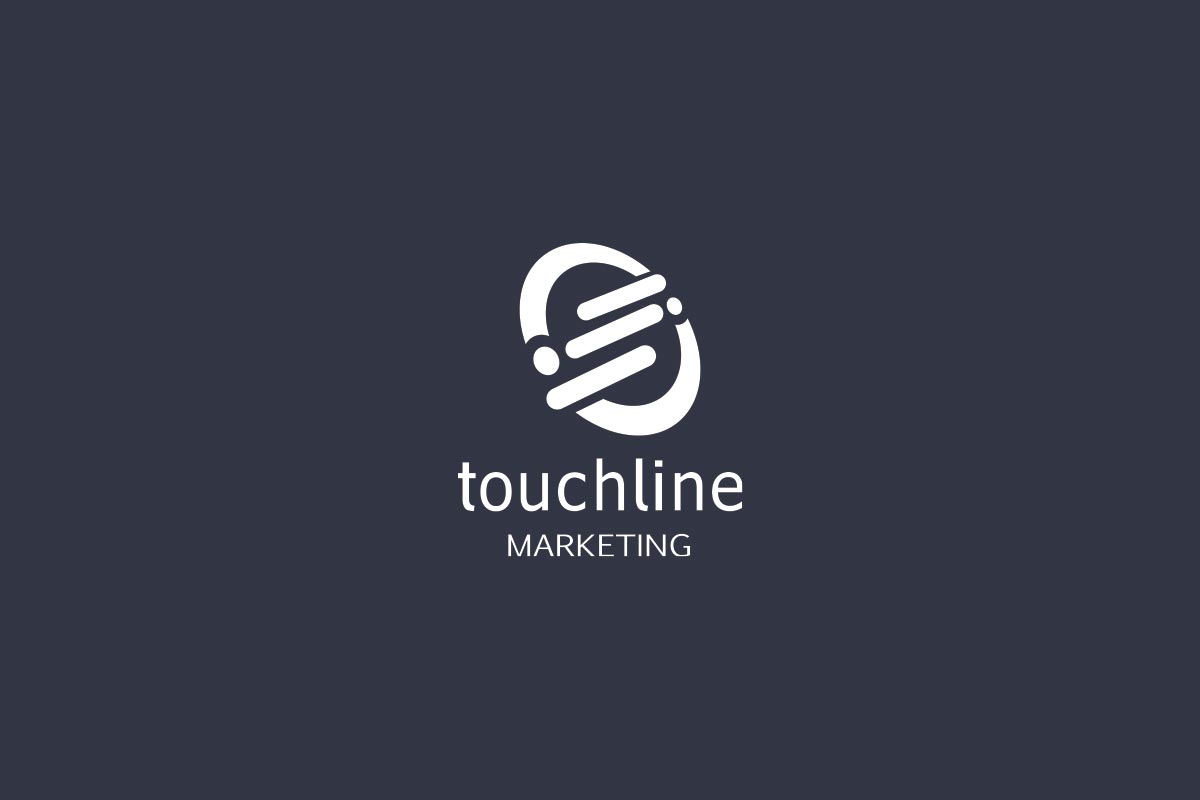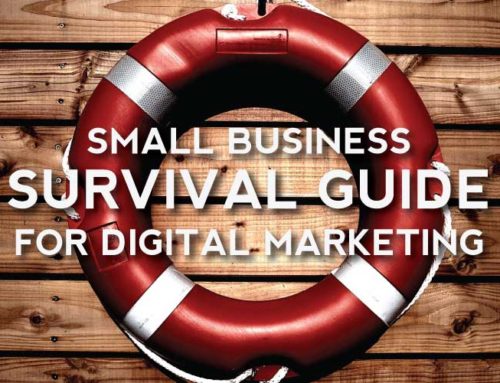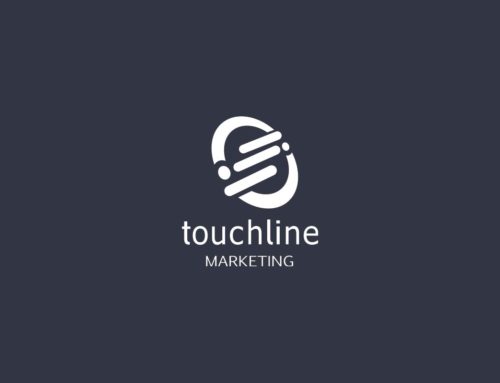Email Marketing
One of our previous blog articles discussed the cross-functional nature of marketing automation. This may feel counter-intuitive – but in essence, modern cross-functional marketing still revolves around email.
Consider the following:
- A person will keep their email address for many years
- One of the most direct way to reach an audience is through emails
- Email addresses are often required to create accounts all around the internet (including Facebook, LinkedIn, Pinterest, Twitter, and even a website)
- You can connect with your users regardless of the device they use
- You can tell whether a user is at home or at work with an email address
We want to help you understand how you can track users online, why email is a core unit of analysis, and why you should start collecting email addresses for your marketing funnel.
History of Email Marketing
Email has been in use since the earliest days of the internet. However, marketers realized somewhere along the way that email could be an effective avenue for advertising. Here’s where the abuse began. Marketers bombarded consumers with too many emails as they tried to make more sales.
People started becoming dependent on spam filters more and more, as they could not take it any longer. Consequently, email-opening rates went low while unsubscribe rates reached a record high, and consumers demanded only high value content from the advertisers and nothing more. Over time, email marketing became less prominent, as people were now thinking about email advertising as spam.
Why should you use multiple touch points to reach your audiences?
Buying a product or signing up for a service online takes approximately 2 minutes. However, reaching that point takes many complex processes. Users will tend to spend time analyzing case studies, reading blog posts, and testing demos before they commit their money. In this case, stop trying to sell and emphasize on engaging them instead. Keep in mind that each aspect should be treated as a possible sales checkpoint.
Why the foundation of everything online is Email
Previously, email and spam were the same thing, however, sales opportunities are value oriented today. Email advertising doesn’t need to be spam. Take Facebook’s advertising platform for instance; it started out as a basic display channel. Many advertiser thought it was very ineffective, as they couldn’t see anyone browsing ads while on Facebook. However, it proved them wrong. It has rich psycho-graphic data used to target users in a more compelling and focused way.
Involving partners
While you develop your cross-channel marketing automation plan, you will probably realize that you don’t have the budget, tools, staff, and resources to perform all the tasks in-house, and you may rely on managed services to see the process through.
The services are likely to use proprietary technology when managing the marketing automation details for you. If it’s the case, be prepared to ask many questions and to test several opportunities. More importantly, choose the partners that truly understand your business model, and are reputable in areas where your business requires most guidance and support.
Summary
- Email is the basic unit for collectively analyzing and connecting disparate marketing channels as one. It’s the easiest way to re-target users, and finding potential customers.
- Email has had a bad reputation when it comes to marketing, with advertisers using shady advertising methods. However, it doesn’t need to be this way.
- Email marketing can let you connect with users regardless of their device. Customers routinely use email addresses to create accounts online.
Jeremiah Johnson is the Founder and Chief Modern Marketing Strategist at Touchline Marketing. He built a social media site before Facebook, a cloud-based CRM system before Salesforce, and a website content management system before HubSpot. Somehow he is still working for a living. You can find Jeremiah on LinkedIn or on Twitter (@sidewebbing).






